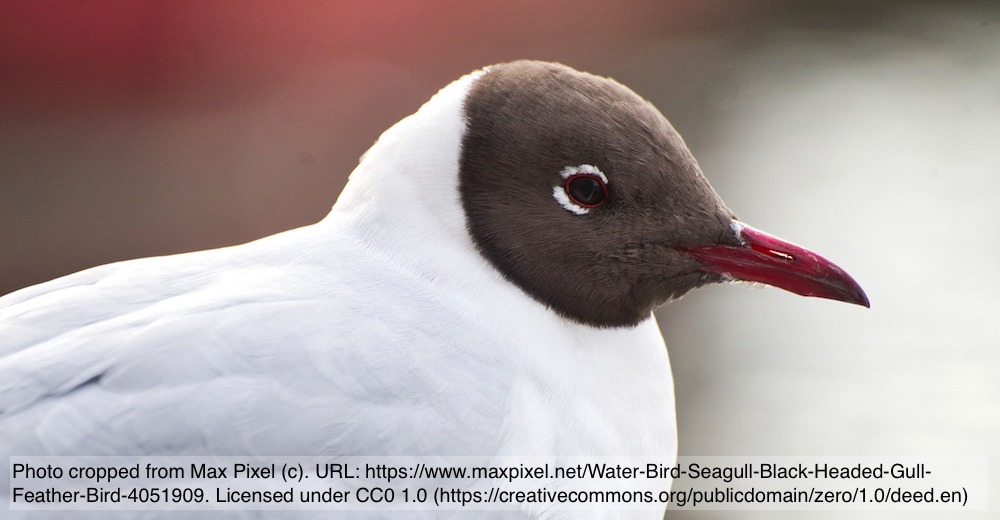Foraging of Black-headed Gull Chroicocephalus ridibundus during the breeding season
DOI:
https://doi.org/10.34080/os.v27.19548Abstract
During the 1990s, I compared the feeding habitat use during the breeding time of two Black-headed Gull colonies in south-western Sweden, a small urban colony (<100 pairs; Skövde city) and a large rural colony (>2000 pairs; Hornborgasjön), 20 km apart. Randomly selected roads were patrolled and gulls were counted and allocated to the observed feeding habitat (within 7.5 km of the small and within 15 km of the large colony). Refuse dumps were used by both colonies, but studied only for the rural colony with up to 30% of the birds counted at the dump. In spite of this apparent importance, the dump was not critical as closure of it did not affect colony size. With the dumps excluded, the birds from the urban colony used predominantly lawns (c. 70%) and those from rural colony bare soil (43%), newly sawn fields (20%) and pasture (14%). When feeding young the gulls collected food at a larger distance than during incubation: 2.7 vs. 1.6 km for the urban and 9.9 vs. 8.4 km for the rural colony.
Downloads

Downloads
Published
How to Cite
Issue
Section
License
The copyright of each contribution belongs to the author(s), but all contributions are published under a Creative Commons license, so that anyone is free to share and reuse the contribution as long as the copyright holder is attributed.







